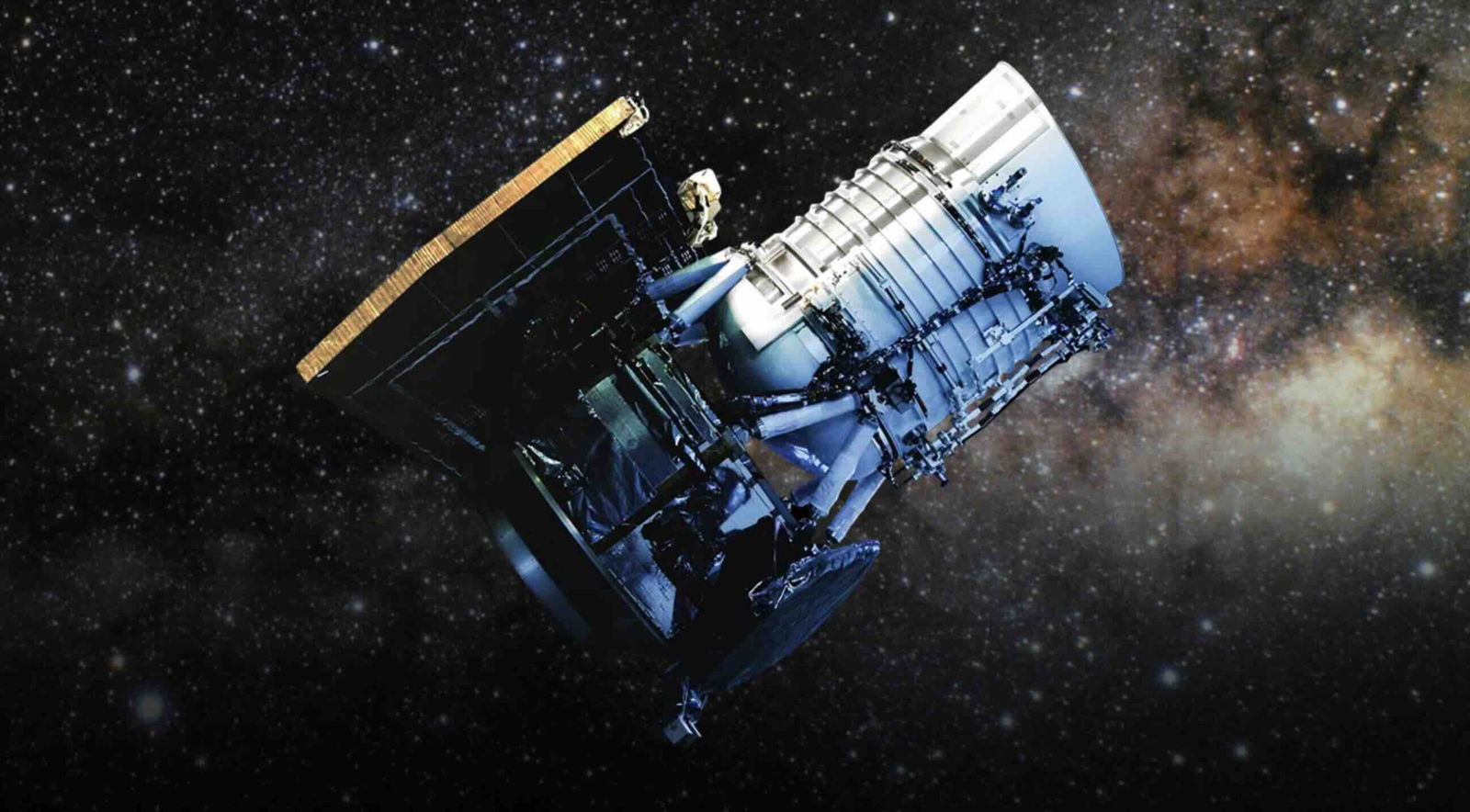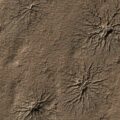Engineers finally sent the command for the Near-Earth Object Wide-field Infrared Survey Explorer (NEOWISE) to terminate transmission on August 8, 2024, after concluding its mission at the end of July. The transmission followed the final downloads from the planetary defense mission to keep an eye on comets and asteroids coming into the vicinity of Earth.
The End of NEOWISE
On Thursday, current and former team members gathered with NASA Headquarters representatives at the Earth Orbiting Missions Operation Center at NASA’s Jet Propulsion Laboratory (JPL) in Southern California. Those present witnessed the signal’s transmission to NASA’s Tracking and Data Relay Satellite System to relay to the NEOWISE spacecraft.
“The NEOWISE mission has been an extraordinary success story as it helped us better understand our place in the universe by tracking asteroids and comets that could be hazardous for us on Earth,” said Nicola Fox, NASA Headquarters Science Mission Directorate associate administrator, in a statement.
Lacking an onboard propulsion system to reposition itself, the spacecraft fell victim to its environment. Increasing solar activity has led to a corresponding increase in the temperature of the upper atmosphere, causing an expansion that is dragging on the craft. As the craft is sinking lower into the atmosphere, its ability to provide meaningful scientific data is degrading. Ultimately, NASA expects NEOWISE to burn up in the atmosphere by the end of the year.
Mission Success from WISE to NEOWISE
While natural forces may have eventually overcome it, the inferred survey telescope far exceeded its original mission. Launched in 2009 as the Wide-field Infrared Survey Explorer (WISE) mission, it successfully completed a seven-month project to produce the most sensitive infrared sky scan ever done. A few months later, after running out of coolant, heat generated onboard the craft began hampering its ability to produce such fine infrared imaging.
Despite the issue with its onboard instrumentation, NASA extended the satellite’s use with the NEOWISE mission, which would occupy most of its life span. The original NEOWISE mission collected information on the main belt asteroids. After viewing the results, NASA analysts determined that despite its limitations, the telescope was still quite effective at measuring near-Earth asteroids and comets due the they picked up from passing near the sun. That realization led to the satellite switching to the Near-Earth Objects Observation Program in 2013, a predecessor to the Planetary Defense Coordination Office.
“The NEOWISE mission has been instrumental in our quest to map the skies and understand the near-Earth environment,” said Laurie Leshin, the director of NASA’s Jet Propulsion Laboratory (JPL). “Its many discoveries have expanded our knowledge of asteroids and comets while boosting our nation’s planetary defense.”
The mission resulted in 215 discoveries of new near-Earth objects, including 25 new comets, while it viewed over 3,000 objects in total.
The Next Steps
“While we are sad to see this brave mission come to an end, we are excited for the future scientific discoveries it has opened by setting the foundation for the next generation planetary defense telescope,” Fox added. The information gained from over a decade of NEOWISE data formed the foundation for developing the next-generation NEO Surveyor space telescope, the first created explicitly for detecting near-Earth objects. NEO Surveyor will host such advanced capabilities as detecting “dark” asteroids and comets that reflect very little light. The telescope is currently on track to launch in 2027 or later.
“The NEOWISE mission has provided a unique, long-duration data set of the infrared sky that scientists will use for decades to come,” said Amy Mainzer, principal investigator for both NEOWISE and NEO Surveyor at the University of California, Los Angeles, adding that “its additional legacy is that it has helped lay the groundwork for NASA’s next planetary defense infrared space telescope.”
Ryan Whalen covers science and technology for The Debrief. He holds a BA in History and a Master of Library and Information Science with a certificate in Data Science. He can be contacted at ryan@thedebrief.org.

